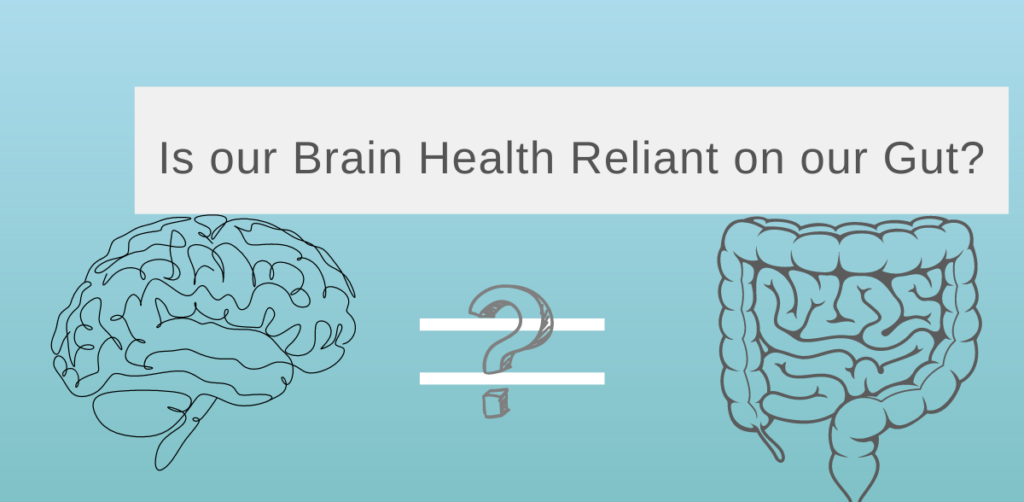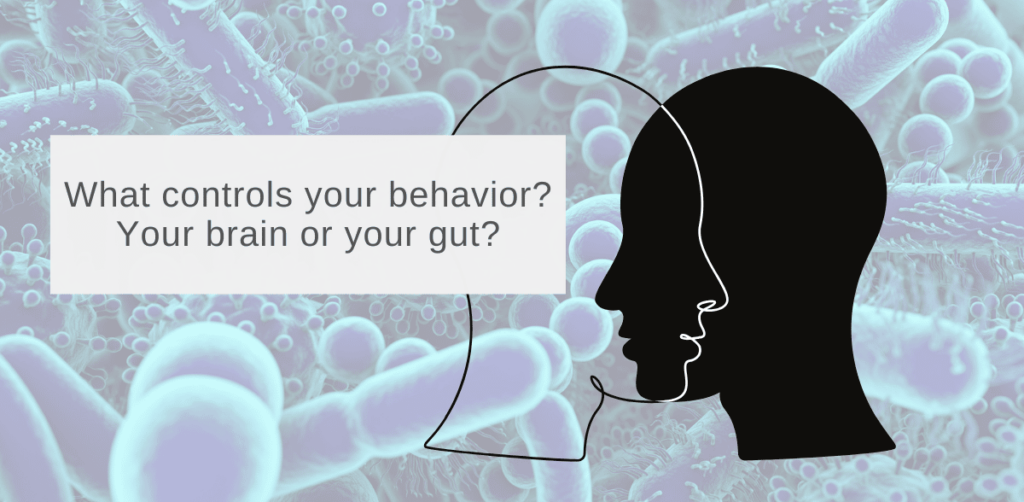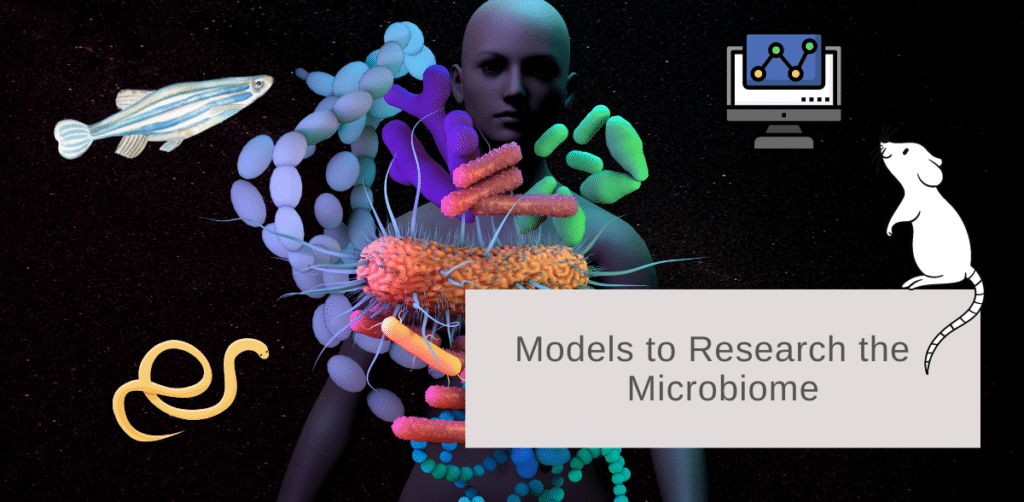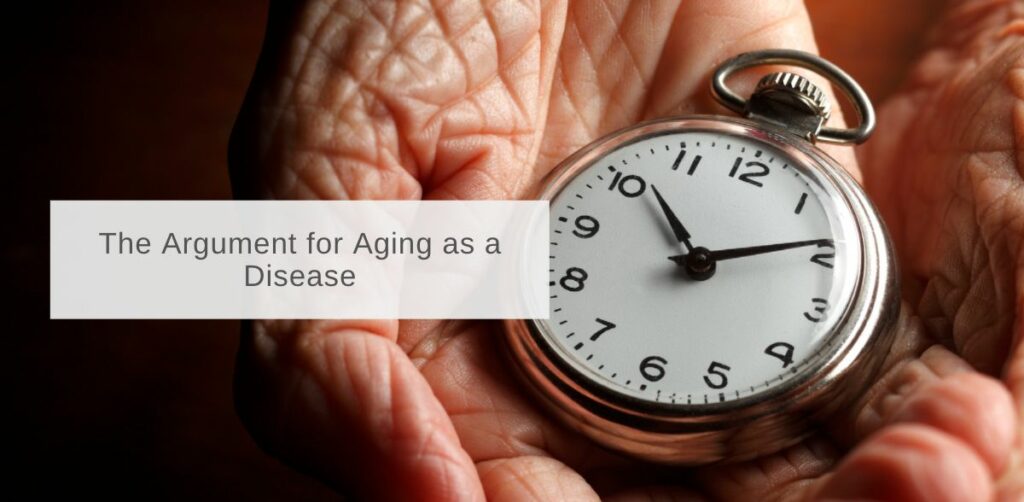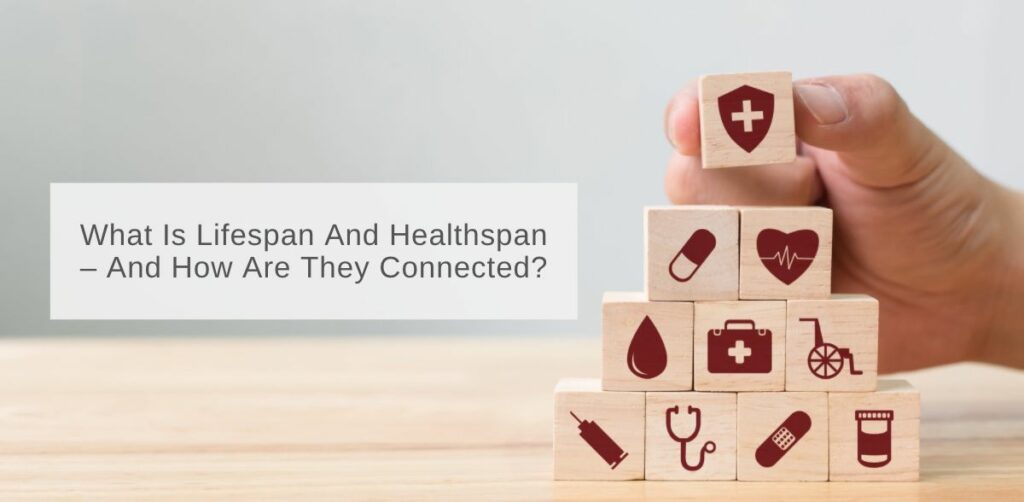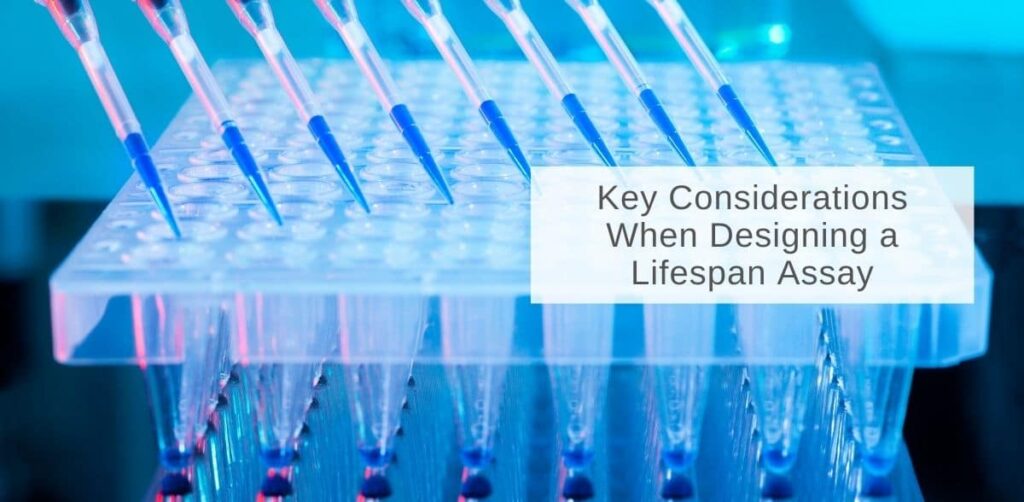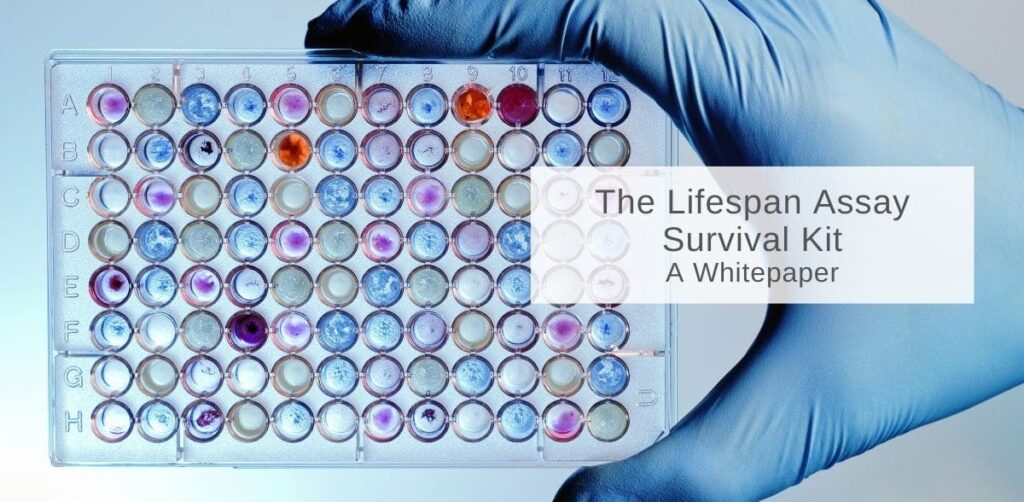InVivo Biosystems Blog
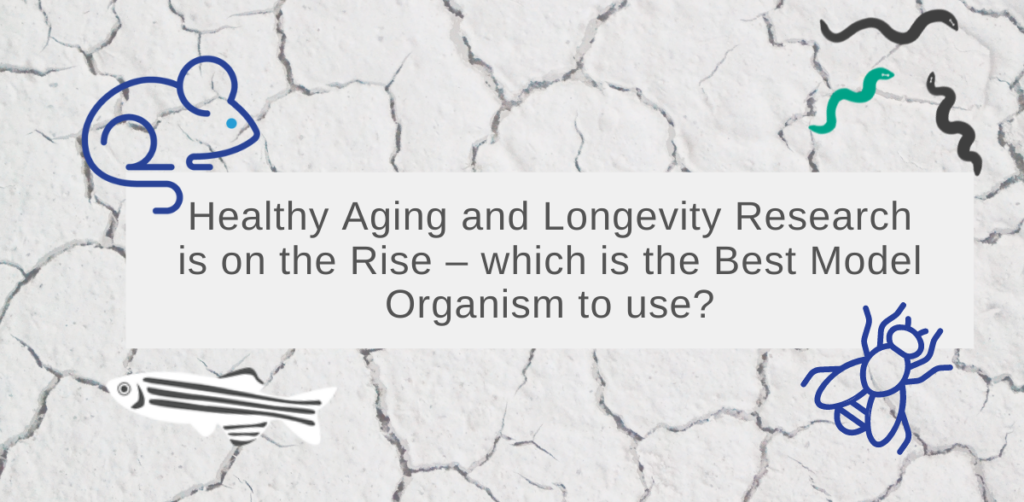
Healthy Aging and Longevity Research is on the Rise – which is the Best Model Organism to use?
By:
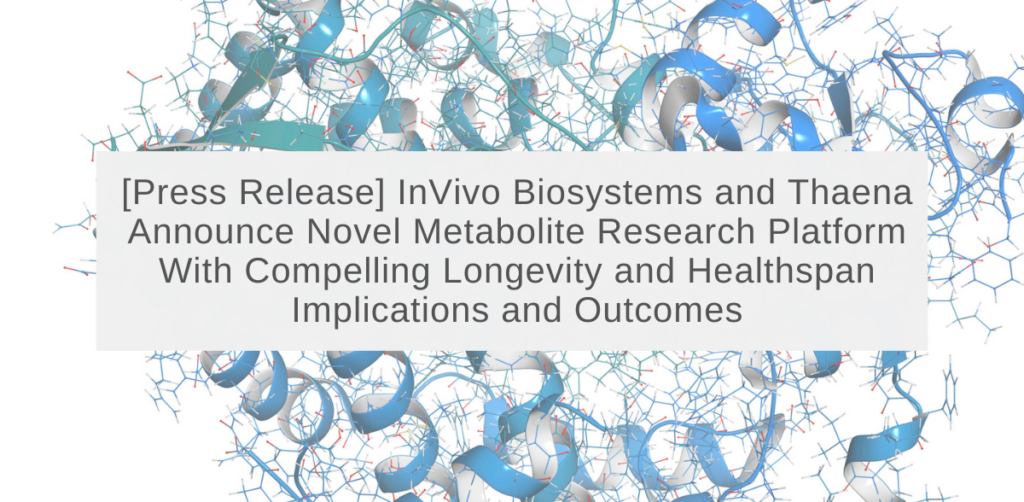
[Press Release] InVivo Biosystems and Thaena Announce Novel Metabolite Research Platform With Compelling Longevity and Healthspan Implications and Outcomes
By:
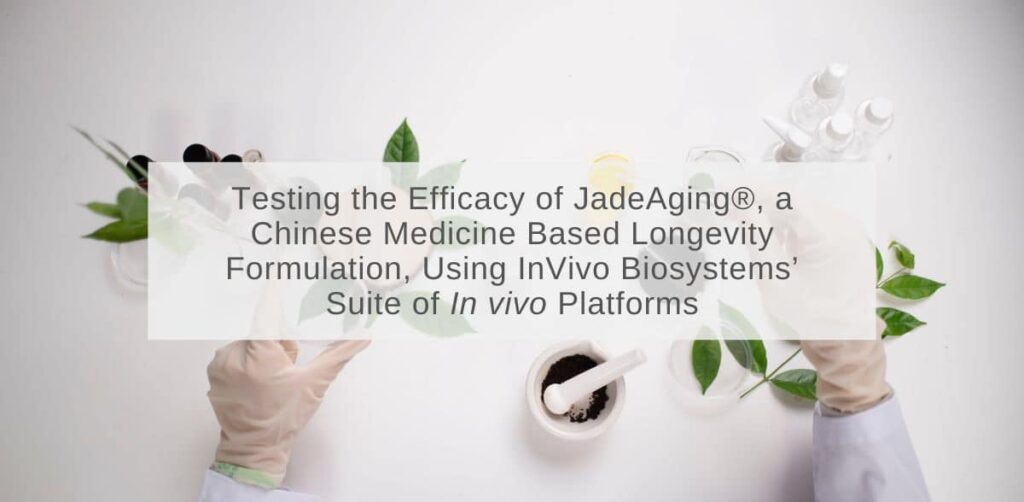
Testing the efficacy of JadeAging®, a Chinese Medicine based longevity formulation, using InVivo Biosystems’ suite of in vivo platforms
By:
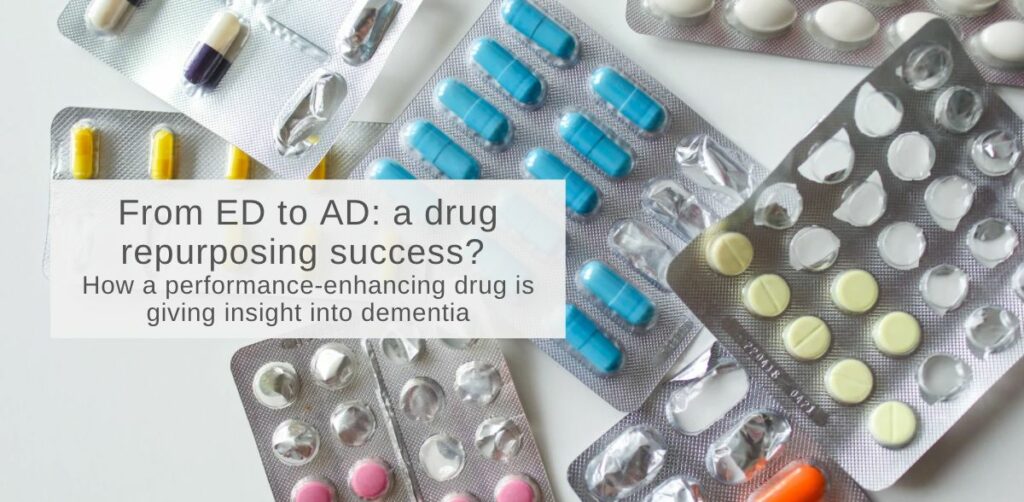
From ED to AD: a drug repurposing success? How a performance-enhancing drug is giving insight into dementia
By:
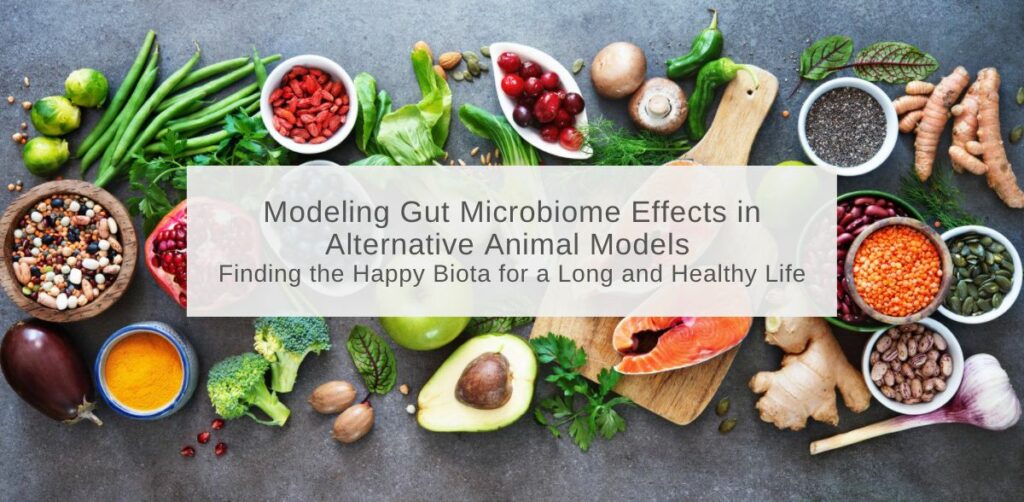
Modeling Gut Microbiome Effects In Alternative Animal Models – Finding The Happy Biota For A Long And Healthy Life
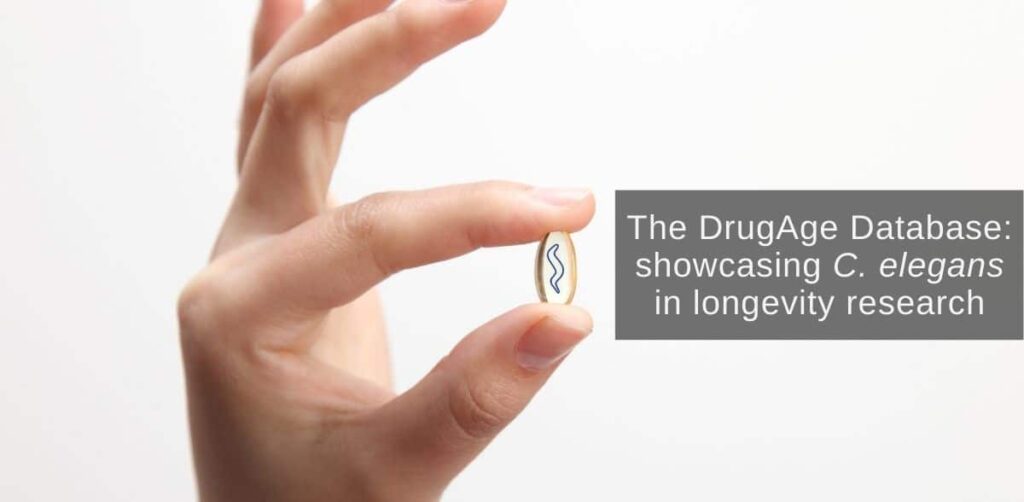
The DrugAge Database: Showcasing C. Elegans In Longevity Research
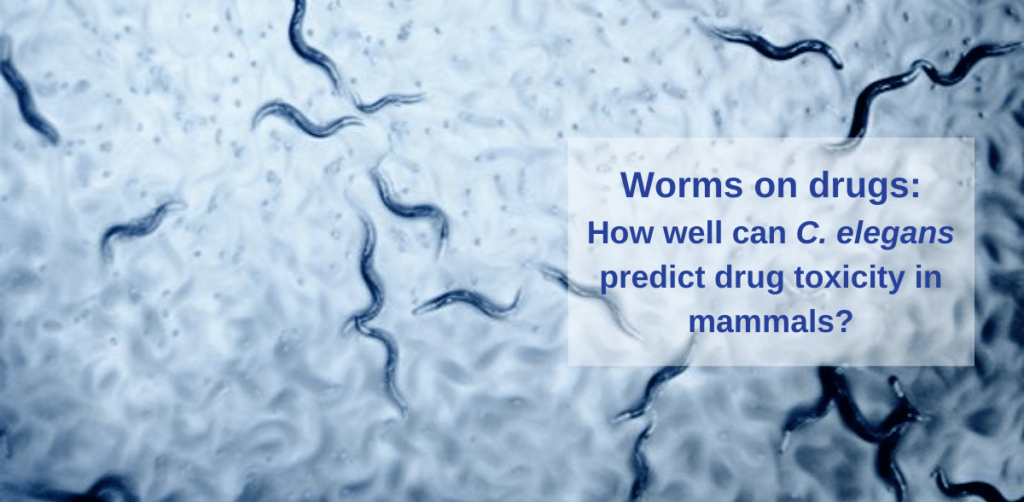
Worms on drugs: How well can C. elegans predict drug toxicity in mammals?
By:
One can kill nematodes by feeding them any number of noxious chemicals, but how effectively can worms predict potential human toxicity of drug leads?
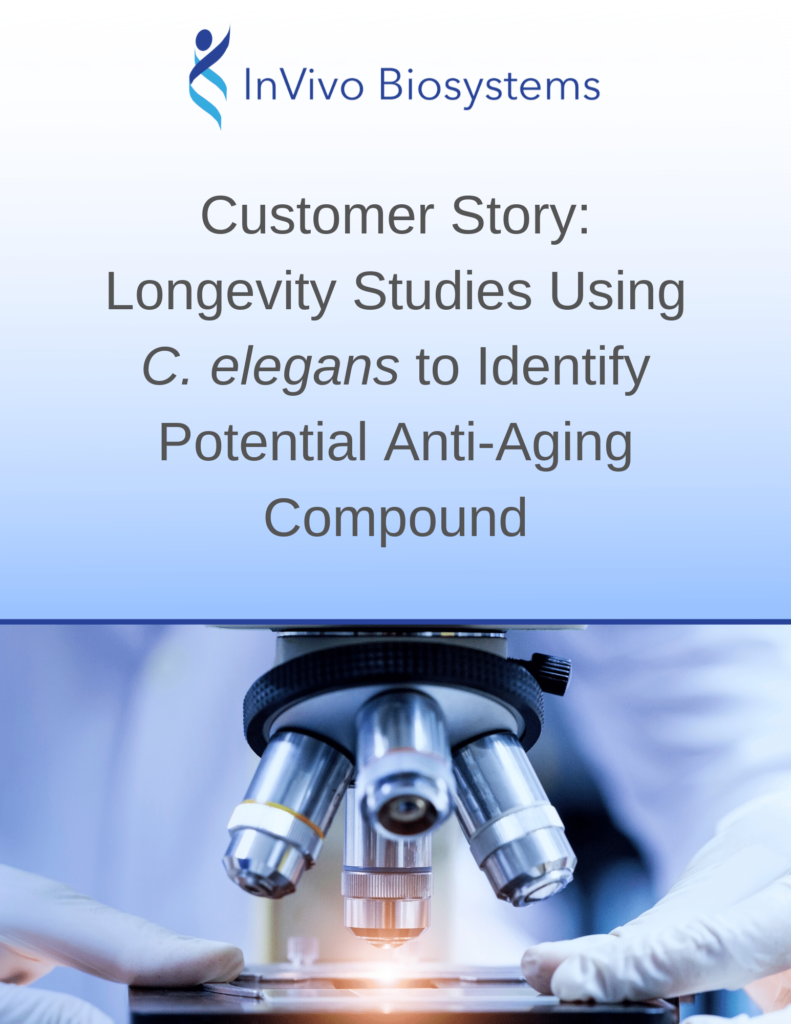
Longevity Studies Using C. elegans to Identify Potential Anti-Aging Compounds [Customer Story]
By:
Dr. Vollmer shares his experience working with us and how the Longevity Platform delivers the results he needs within his timeline and budget.
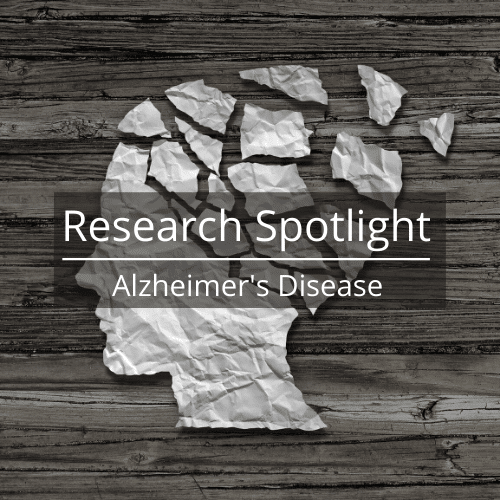
Research Spotlight: Alzheimer’s Disease
By:
June is Alzheimer’s & Brain Awareness Month. We wanted to take a few moments to spotlight some of the awe-inspiring research on Alzheimer’s disease taking
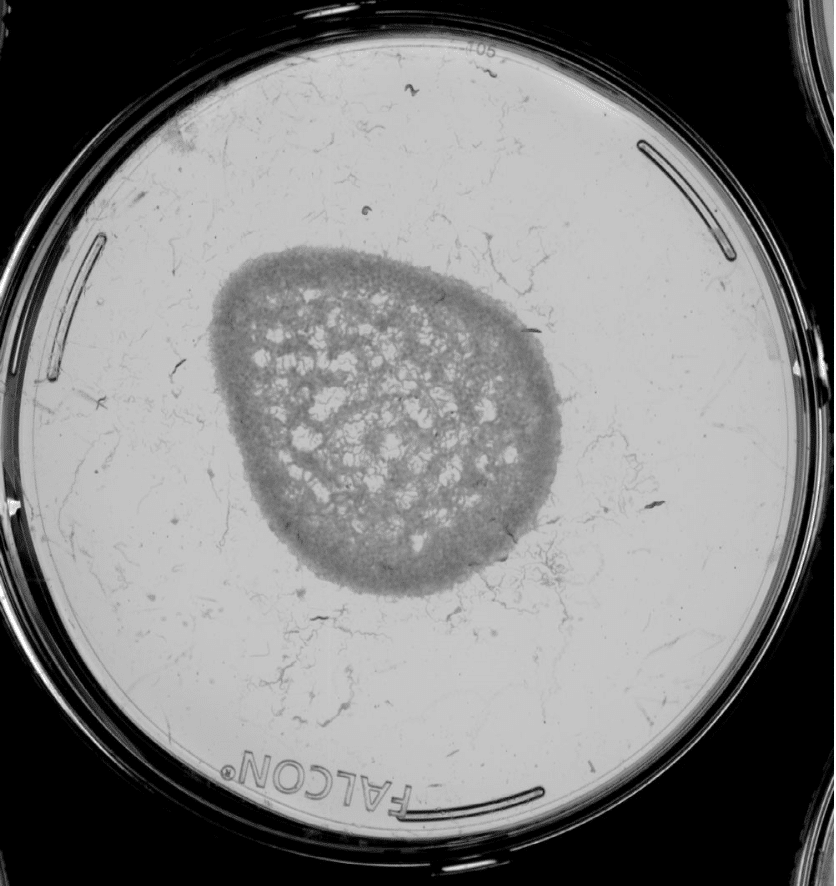
When Details Matter: Bacterial Inactivation in Compound Associated Longevity Testing
By:
One of our lab techs gives us an inside look at the development process of our automated Lifespan Analysis Platform and the importance of UV-inactivated
[Webinar] A Shortcut To Understanding Longevity: A Rapid In Vivo Analysis Of A Compound’s Effect On Health And Aging
By:

A New Approach to Anti-Aging Research
By:
The shift towards preventive medicine has given anti-aging startups a favorable environment in pursuing longevity and aging issues. The nematode C. elegans has emerged to
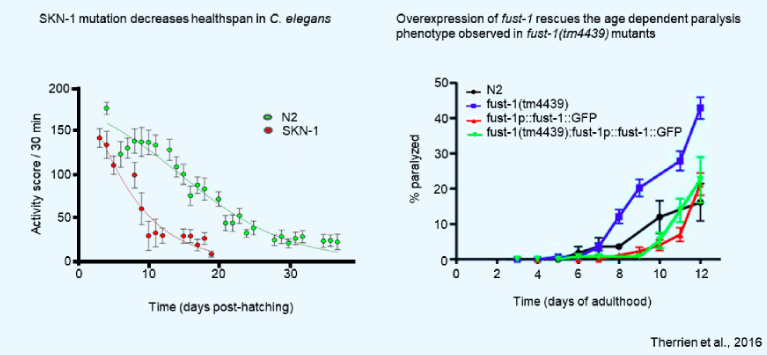
wMicroTracker Applications: Aging and Healthspan
By:
The wMicroTracker is a great product to add to your work around aging and healthpsan. Check out the application sheet below to see how easy

Aging studies use C. elegans to test bacterial genes
By:
Interesting data using C. elegans for studying the impact your gut microbiome may have on your lifespan and healthspan from the Wang Lab at Baylor
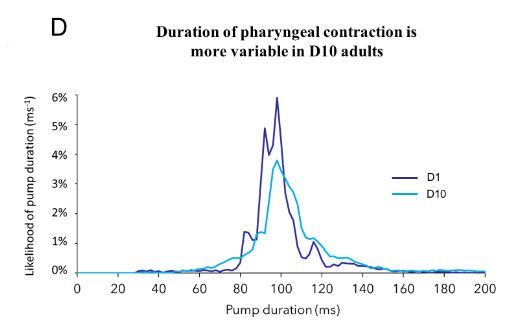
Health markers are impaired in aging C. elegans
By:
C. elegans’ feeding behavior strongly influences the worm’s aging and longevity. We tested adult worms to quantify how aging affects their feeding behavior. In
Load More

